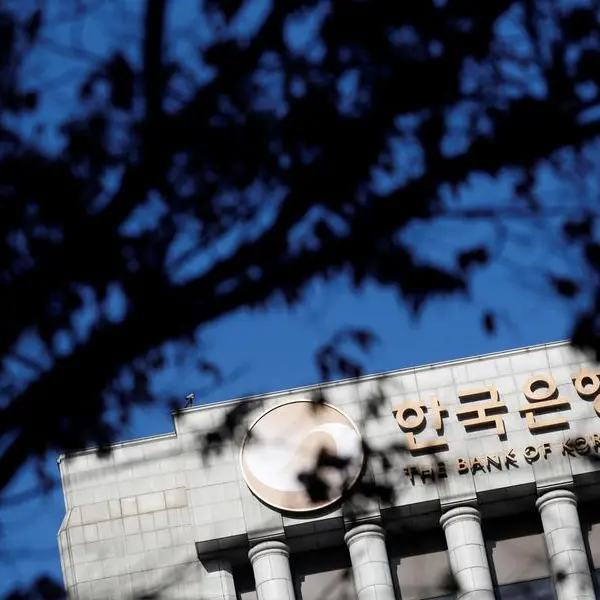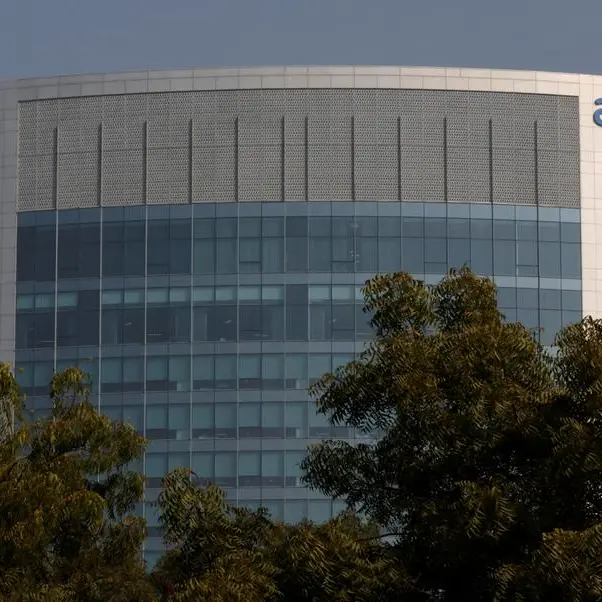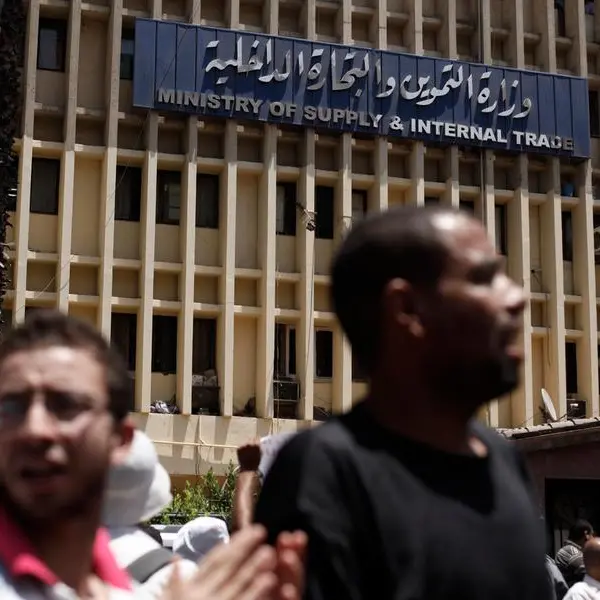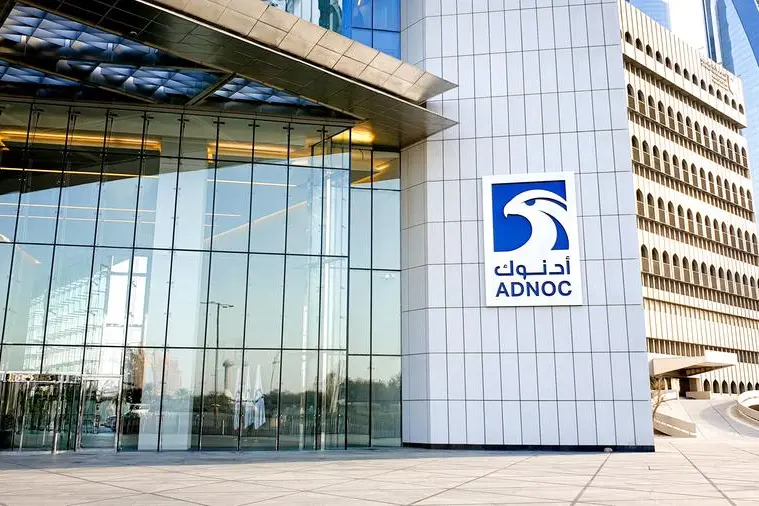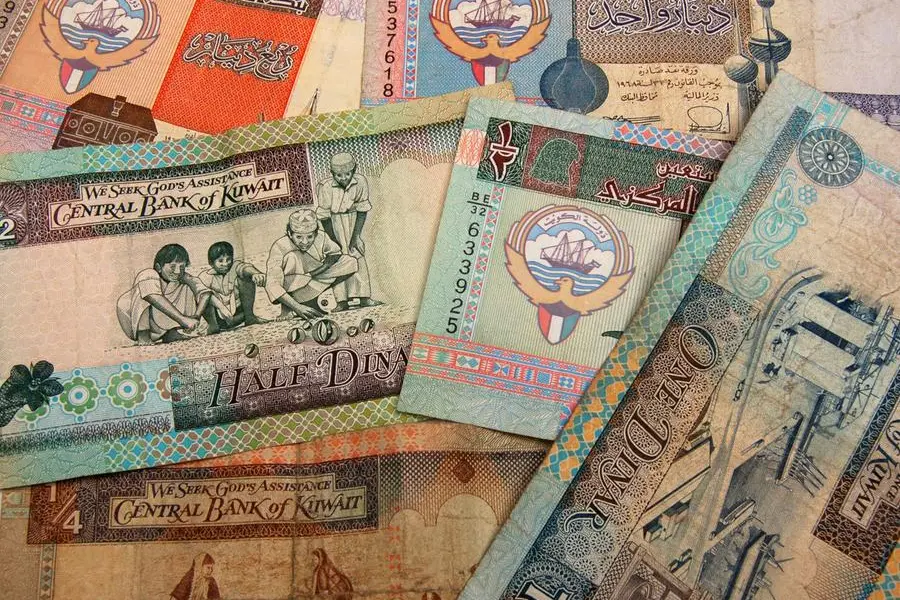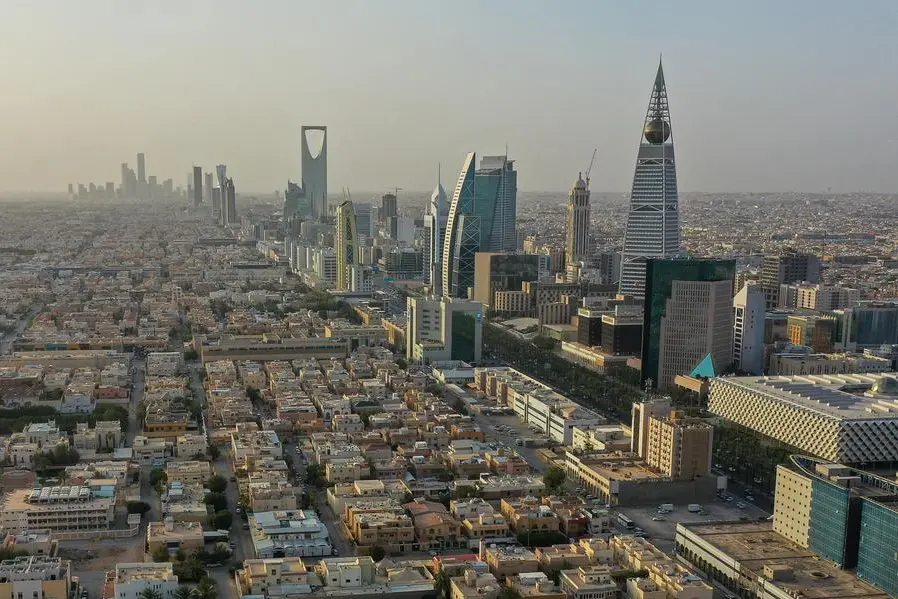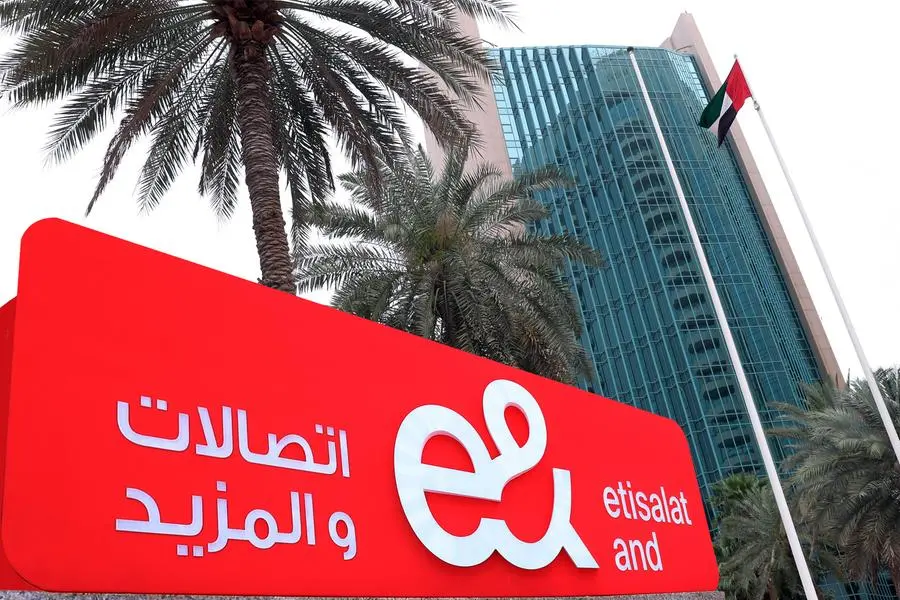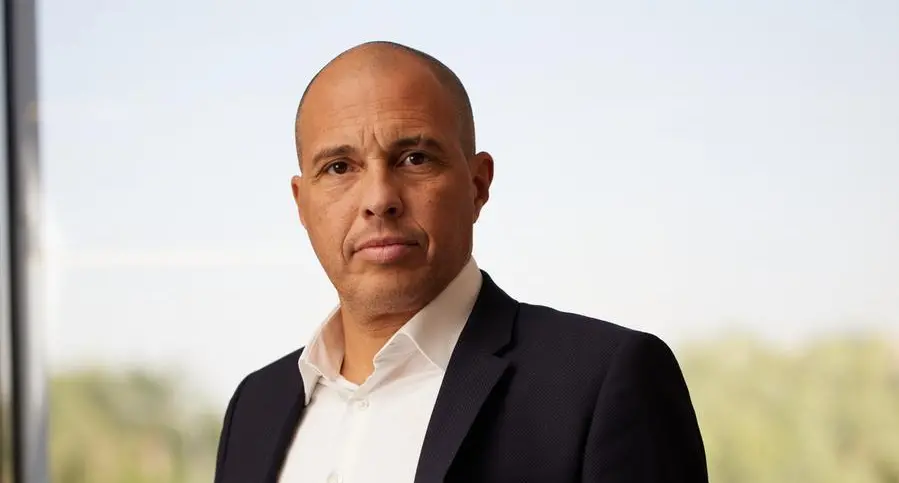The mysterious land of Libya, located at the heart of the Mediterranean and yet so isolated during the past few decades, has been through many changes in its long history. The current political climate of contestation throughout the Arab world may add yet another flag to Libya's collection.
Ten thousand years ago, the Sahara Desert was a green and fertile grassland that was home to nomadic hunters and herders. Along the Mediterranean coast, farmers raised crops and cattle. For reasons unknown, the area began to dehydrate around 2000 B.C., and over time, the desert sands covered much of what is now Libya.
Its inhabitants moved on, replaced by the Berbers, a migrating tribe from Arabia. They were a diverse people speaking various Afro-Asiatic dialects. Never developing into a nation, the Berbers derived their identity from their tribes, clans, and families. One of the Berber tribes was named in Egyptian records as the Levu, and over time, this word became Libya. Other Berber clans ranged widely over North and West Africa, from the Nile to the Niger River.
The ancient Greeks referred to all of Africa as Libya, and they established colonies along the fertile Mediterranean coastal plain. The cities of Oea, Leptis Magna and Sabata became known as Tripolis or "three cities," while Cyrene, Apollonia, Arsinoe, Barca, and Berenice (now Benghazi) were called Pentapolis or "five cities."
Cyrene became a great cultural center of the ancient world, well known throughout the Mediterranean for its artists, philosophers, and medical doctors. It was called the "Athens of Africa" between the fifth and second centuries B.C. Cyrene declined under Roman rule, and most of the city's classical architecture was destroyed in the earthquakes of 262 and 375 A.D. In 2005, however, Italian archeologists discovered 76 intact Roman statues under the remains of a collapsed temple.
The Romans invaded Greek Tripolis in 106 B.C. and eventually unified all of present-day Libya as a Roman province. In 193 A.D., Septimius Severus, a native son of the Libyan city of Leptis Magna, became Roman Emperor. During his 17-year reign, he enriched his hometown with many fine buildings and monuments. A triumphal arch was erected to commemorate his visit to the city in 203. With its magnificent forum and excellent harbor, Leptis Magna was one of Roman North Africa's greatest cities, rivaling Carthage and Alexandria.
Roman Libya prospered and enjoyed a golden age from the second to fourth centuries A.D. During this time, the province's wealth in olive oil, wine, gold, and horses subsidized impressive architecture and typical Roman amenities like paved roads, markets, amphitheaters and a water supply.
However, Roman Libya's days of prosperity ended in the fifth century, when Vandal tribes invaded and conquered. They demolished Leptis Magna's city walls, leaving it open to attack. As a result, the political, social and legal order that had existed under the Romans ebbed away, and Libya's once-thriving cities fell into decay.
In 647, an Ummayad Arab army of 40,000 swept through North Africa, establishing Muslim rule. They and the subsequent Abbasid and Aghlabid rulers promoted Islam and presided over a return to order in Libya where irrigation systems were rebuilt and trade was restored. By the ninth century, most Libyans had converted to Islam.
The intermingled Arab and Berber peoples, known in Europe as the Moors, advanced into Iberia and established Al-Andalus or Andalusia, a Muslim territory that they ruled for more than 700 years. When the Moors were expelled from Spain in 1492, they returned to North Africa where they formed settlements and kingdoms based on piracy and slave trading. These independent entities, nominally under the rule of the Ottoman sultan, were known as the Barbary States, after the Berber tribes.
From the 16th to the 18th centuries, all Christian merchants and navies in the Mediterranean suffered violent attacks from the Barbary Pirates, and were forced to pay them huge sums as tribute. France and Spain had no success in their battles with the pirates. In 1805, in its first overseas military campaign, the US won a decisive victory at the battle of Derna in eastern Libya, resulting in the First Barbary War Peace Treaty. To this day, all US Marine Corps officers carry a sword patterned on the Mameluke Sword presented to the 1805 Marines by the Ottoman Viceroy as a gesture of respect. In addition, the official "Marines' Hymn" features the lyrics "to the shores of Tripoli."
By the beginning of World War I in 1914, Morocco, Algeria and Tunisia were under French control; Egypt was a British protectorate, and Italy had taken Libya from the Ottoman Turks. The Italian occupation was resented by the Libyans, particularly during Mussollini's totalitarian rule (1922-1943).
Senussi Bedouin tribesmen, followers of Muhammad ibn Ali as-Senussi, a 19th-century religious reformer, joined with the Allied Forces during World War II. In the 1942-43 campaign, their united efforts drove Italian and German armies out of North Africa.
After seven years of joint British and French administration, Libya became a federal monarchy in 1951, under the auspices of the United Nations. It was among the first former European colonies in Africa to achieve independence. Idris as-Senussi, the grandson of Muhammad ibn Ali as-Senussi, was elected King Idris I of Libya by the national assembly.
Libya remained an impoverished country until the discovery of major oil reserves in 1959, at the foot of the Zelten Mountains. Plans were made to use the government's large share of oil wealth for development and improved infrastructure, but the slow pace of realization caused increasing dissatisfaction among the Libyan people.
In September 1969, while King Idris was in Turkey for medical treatment, a group of military officers, led by Muammar Qaddafi, staged a coup and brought the monarchy to an end. The country was renamed the "Great Socialist People's Libyan Arab Republic."
Much has been said and written about Colonel Qaddafi's 42-year rule. He came to power in one revolution, and seems to be going out in another. Now the entire world is waiting to see the final result of the 2011 Arab Uprisings, as they play out in Libya and in the rest of the Middle East.
© Arab News 2011



